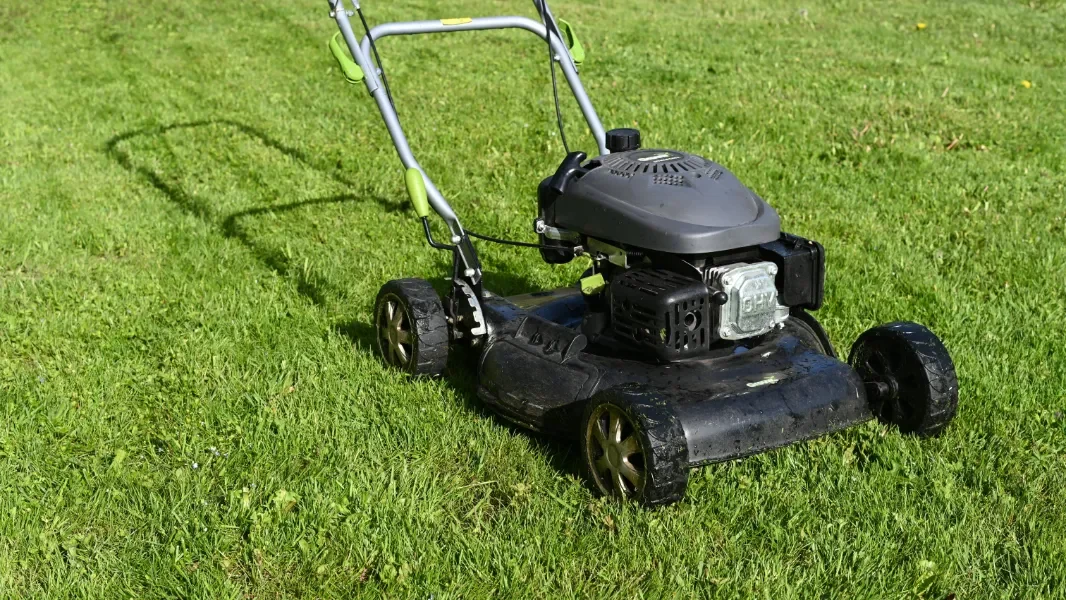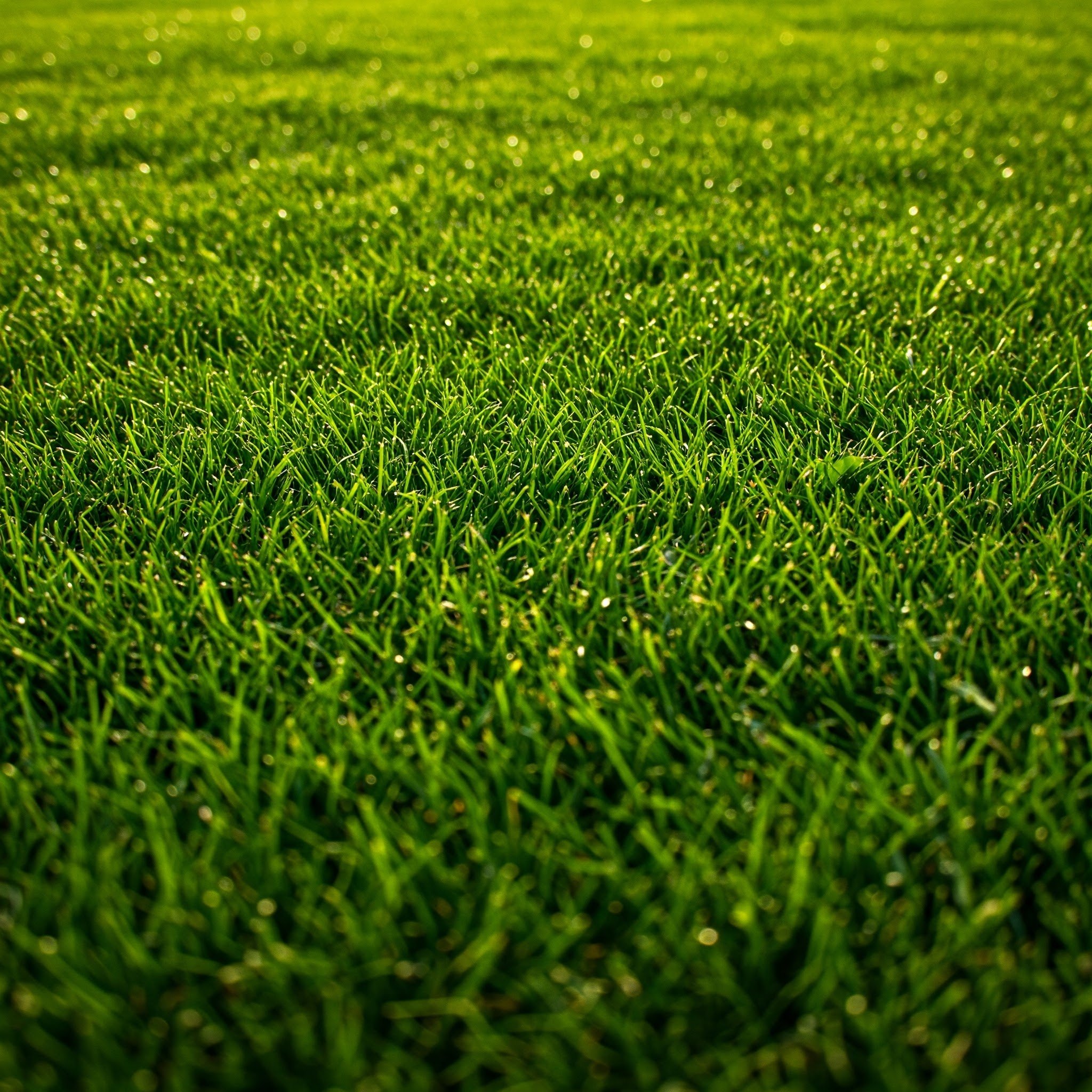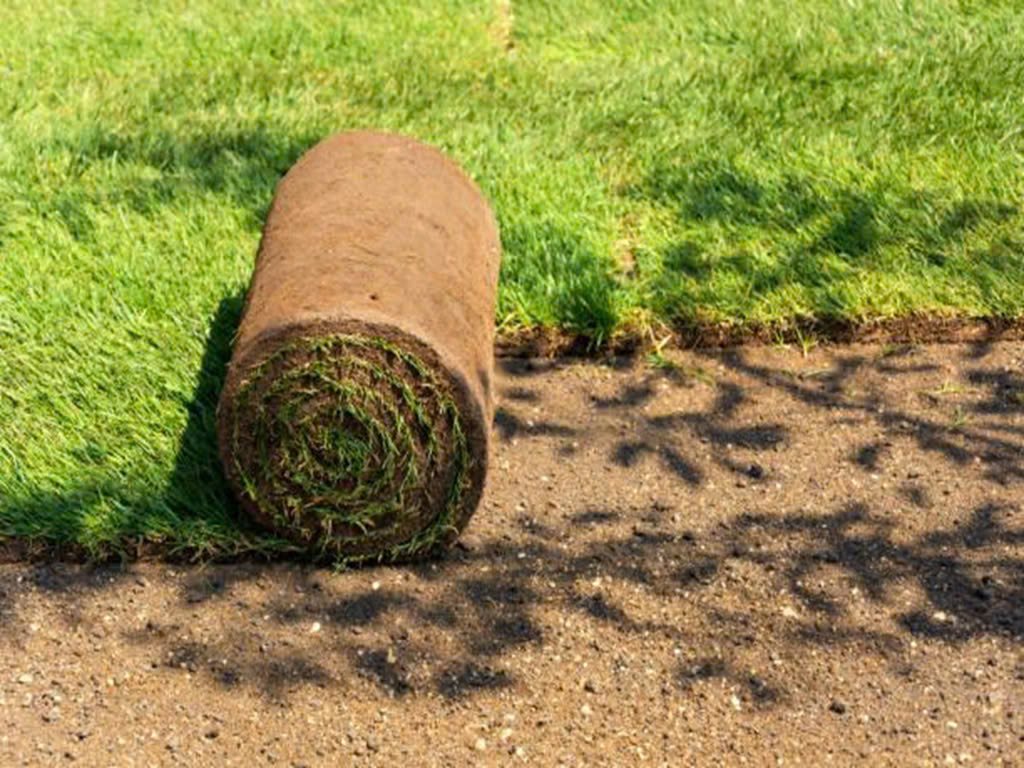Nurturing Nature: Essential Tips for a Thriving Lawn
Discover essential tips to keep your lawn lush and healthy year-round. Learn how to nurture nature for a vibrant, thriving outdoor space.
Maintaining a healthy lawn is not just about visual appeal. It adds significant value to a property, offering a serene environment for family gatherings and outdoor relaxation. More importantly, lawns play a substantial role in ecological balance, such as facilitating the breakdown of organic matter, regulating temperature, and even purifying water. As a result, the interest in effective lawn care practices is gaining momentum among homeowners eager to nurture their green spaces.
A thriving lawn does not happen by accident; it requires an understanding of multiple facets—from the science of soil health to the timing of watering. In this guide, we'll examine the critical components that contribute to a prosperous lawn, ensuring your patch of green not only survives but truly thrives.
Understanding Soil Health
The secret to a vibrant lawn begins beneath your feet—literally. Healthy soil is the cornerstone of lawn care and affects everything from nutrient uptake to water retention. Soil testing is imperative; it identifies deficiencies in essential nutrients like nitrogen, phosphorous, and potassium, as well as informs about pH levels. A balanced pH helps ensure nutrients are readily available to the grassroots. According to the USDA, the principles of soil health form the groundwork for sustainable agricultural and recreational landscapes, serving as the 'facilitator' for all plant life.
Choosing the Right Grass Type
Your geographical location plays a significant role in determining the kind of grass you should plant. Climate conditions dictate whether warm-season or cool-season grasses will thrive. For instance, Bermuda Grass flourishes in warm regions with ample sunshine, while Fescue is better suited for cooler climates and shaded areas. Moreover, assessing the amount of sunlight your lawn receives can further pare down your choices.
The Art of Mowing
Mowing might seem straightforward, but its impact on lawn health is profound. Setting the mower blade to the appropriate height allows grass to grow sufficiently tall for energy absorption while discouraging weed creation. Ideally, never remove more than one-third of the grass's length in a single mow. Mowing frequency differs based on your grass type and season; for example, some grasses grow faster in the summer and might need weekly mowing, while others might slow down in the fall. Regular mowing, with properly sharpened blades, plays a part in disease prevention and keeps pests at bay by limiting the environments in which they thrive.
Effective Watering Practices
Watering incorrectly is one of the most common pitfalls in lawn maintenance. Overwatering can end up in shallow root systems and increase the susceptibility to fungus while underwatering stresses plants. Striking a balance involves deep watering sessions, ideally done early in the morning, to maximize absorption while minimizing evaporation. If you're dealing with water restrictions, priority should shift to strategic watering, focusing on high-impact zones or adopting drought-resistant grasses. Tailoring these practices ensures water efficiency without sacrificing the vitality of your lawn.
Fertilization for Growth
Fertilizing your lawn replenishes essential nutrients and promotes robust growth. It's crucial to apply the right product at the right time. Generally, a nitrogen-rich fertilizer is used in early spring to jumpstart growth, while a balanced one is preferred in autumn to prepare the grass for winter dormancy. Slow-release fertilizers are ideal for summer to provide a consistent supply of nutrients over time, minimizing burn risks. A personal fertilization schedule should be adapted according to your lawn's specific needs, helping it withstand the seasonal changes gracefully.
Pest and Weed Control
Even the healthiest lawns are not immune to the threat of pests and weeds. Weeds compete with grass for resources, while pests like grubs can cause substantial harm to the grassroots. An integrated control strategy, combining chemical methods with their natural counterparts, offers a balanced approach. Manually removing weeds before they seed will also make subsequent control easier. Ultimately, healthy lawns naturally resist pests and weeds; however, timely intervention remains key.
Seasonal Lawn Care Activities
The passage through seasons demands shifts in your lawn care routines. Spring is the time for aeration—loosening the soil to promote root growth and an optimal growing environment. In summer, overseeding fills in thin patches to maintain lushness. Fall demands indulgence in fertilization to prepare for the dormant winter months. Winter care entails clearing debris and insulating to protect the ground. By addressing the seasonal demands systematically, your lawn can remain splendid throughout the year.








